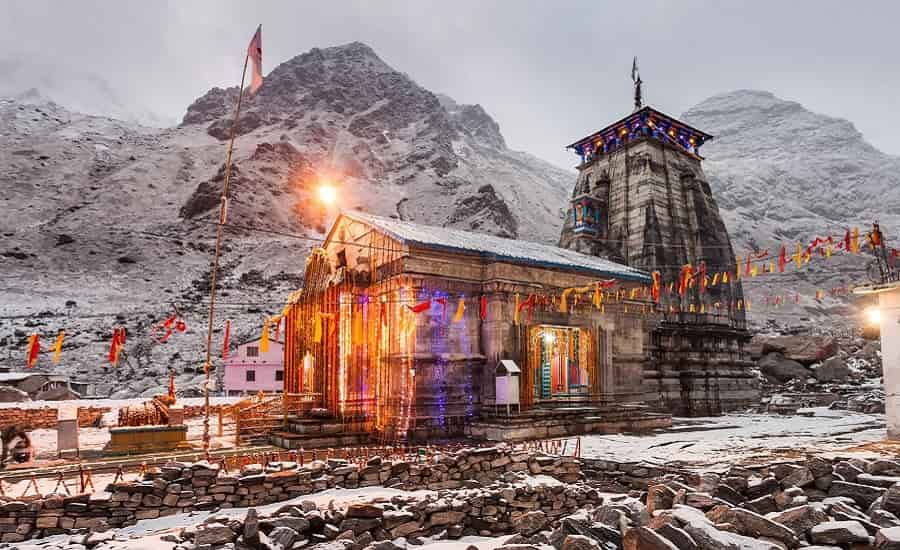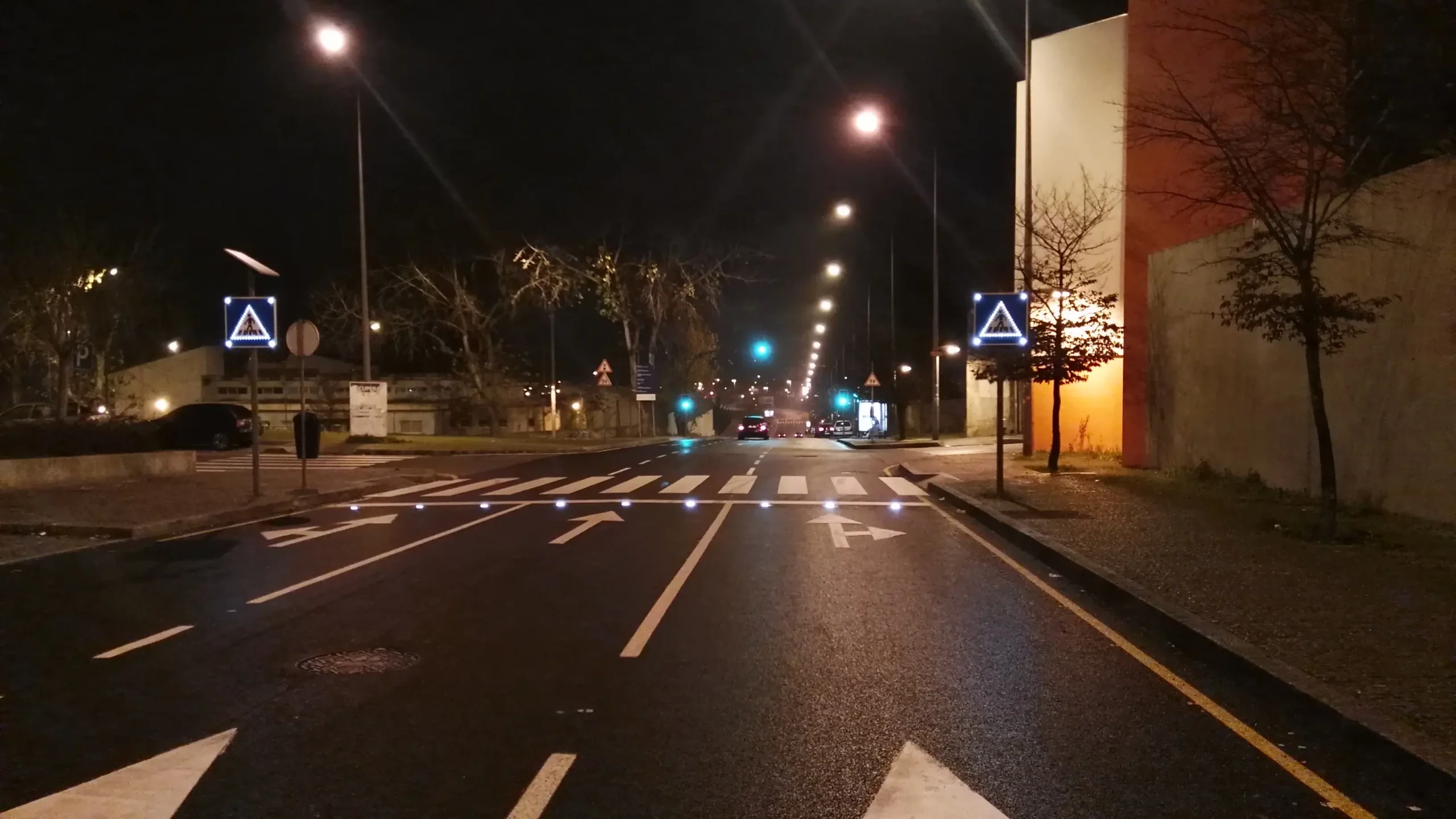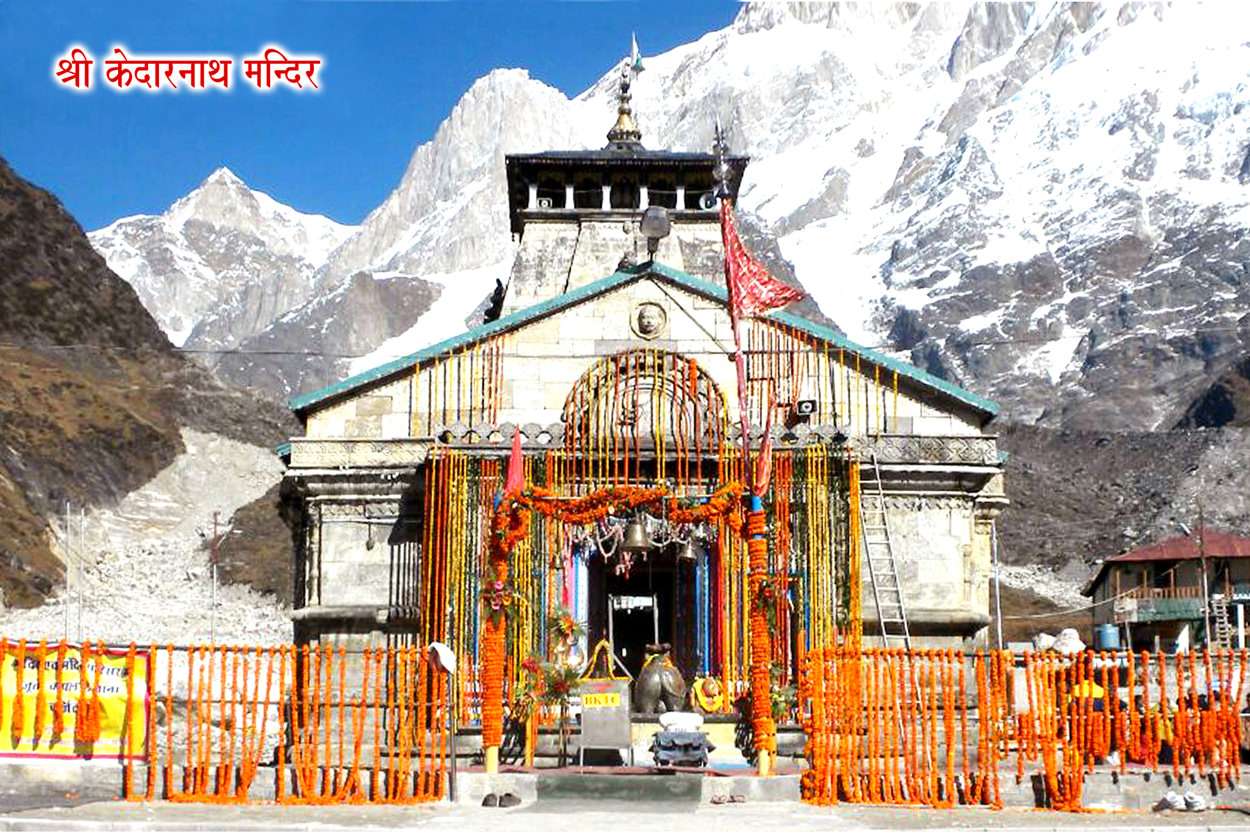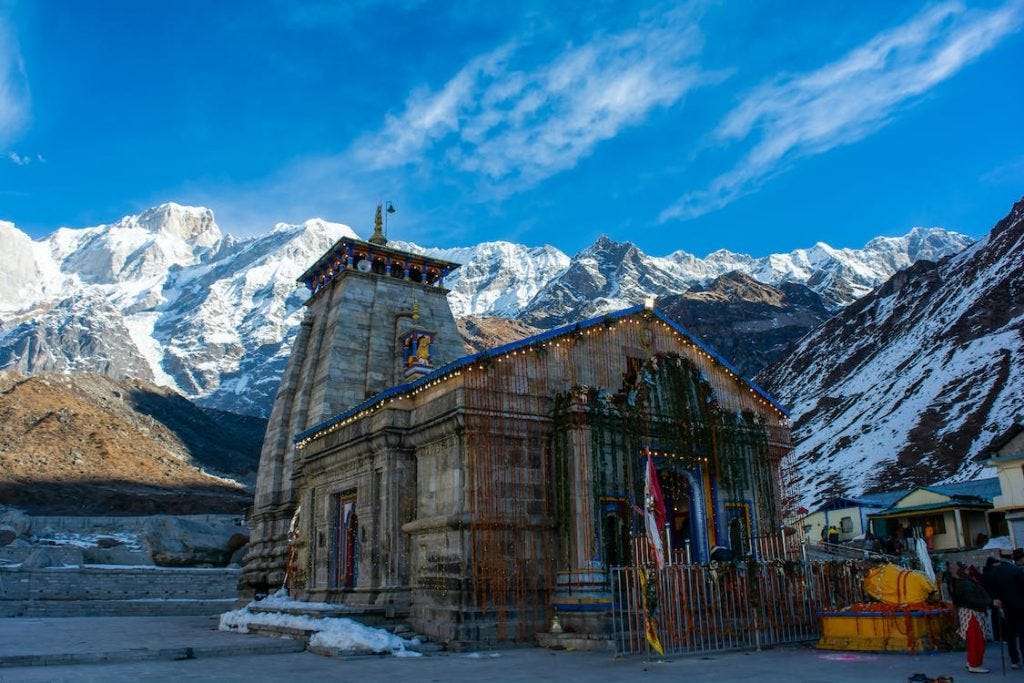Dubai is one of the seven emirates that make up the United Arab Emirates (UAE), placed at the southeastern coast of the Arabian Peninsula.It is thought for its present day architecture, luxurious shopping, colourful nightlife, and wonderful infrastructure.
Here are some key aspects of Dubai:
Skyscrapers and Modern Architecture:
Dubai is famous for its futuristic skyline, which includes iconic structures such as the Burj Khalifa, the world’s tallest building, and the Burj Al Arab, a luxury hotel shaped like a sail.
Luxury and Shopping:
The city is a global shopping destination, with numerous malls and souks offering a wide range of products, from high-end designer brands to traditional goods.

Tourism and Attractions:
Dubai has become a popular tourist destination, attracting visitors with attractions like the Dubai Mall, Palm Jumeirah, Fountain, and the Opera. The metropolis additionally hosts numerous activities and gala’s at some stage in the year.
Business and Economy:
Dubai has a flourishing economy driven by areas like land, the travel industry, flying, and money. The city serves as a major business hub and has a reputation for hosting international conferences and events.
Cultural Diversity:
Despite its modernity, It is home to a diverse population with people from various cultural backgrounds. The city embraces a blend of traditional Arabian culture and modern influences.
Infrastructure and Transportation:
Dubai has invested heavily in its infrastructure, featuring world-class facilities, efficient public transportation, and advanced technological amenities.
Artificial Islands:
Dubai is known for its aggressive development projects, including the production of fake islands like the Palm Jumeirah and The World, the two of which are noticeable from space.
Desert Surroundings:
While Dubai is a bustling metropolis, it is surrounded by desert. Visitors can experience traditional desert activities such as camel riding, sandboarding, and desert safaris.

Cuisine:
Dubai offers a diverse culinary scene with a wide range of international and local cuisines. Traditional Arabian dishes are readily available alongside options from around the world.Dubai’s fast improvement over the last few a long time has converted it right into a international metropolis with a completely unique mixture of lifestyle and modernity. It continues to be a prominent destination for tourism, business, and luxury living.
Geography:
Location:
- Dubai is located on the southeast coast of the Arabian Peninsula, at the southeast corner of the Persian Gulf.
- It is bordered to the south and west by the emirate of Abu Dhabi, to the northeast by the emirate of Sharjah, and to the southeast by the Sultanate of Oman.
Topography:
- The city is characterized by a flat and arid landscape with some low-lying mountains in the eastern part.
- The Dubai Creek, a natural inlet from the Gulf, divides the city into two parts: Deira on the northern side and Bur to the south.
Map:
Landmarks and Districts:
Burj Khalifa:
The world’s tallest building, dominating the skyline.

Palm Jumeirah:
An artificial archipelago with luxury resorts and residences.

Dubai Marina:
A man-made canal city with high-rise buildings and waterfront living.
Burj Al Arab:
A luxury hotel often referred to as the “Sail of Dubai.”
Dubai Transportation:
Dubai Metro:
A modern and efficient metro system.

Dubai International Airport:
One of the busiest airports withinside the world.
Dubai History:
Early History:
- Dubai’s history dates back to at least 3000 BCE, with evidence of human settlement in the area.
- In the 19th century, It was a small fishing and trading village, known for its pearling industry.
Modern Development:
- The discovery of oil in the 1960s transformed Dubai’s economy, leading to rapid modernization and development.
- Sheikh Rashid bin Saeed Al Maktoum, the ruler of Dubai in the mid-20th century, played a crucial role in shaping the city’s modern identity.
Economic Diversification:
- In recent decades, Dubai has focused on economic diversification, reducing its dependence on oil.
- The city has become a major global business and tourism hub, attracting people from around the world.
Landmark Developments:
- The construction of iconic structures like the Burj Al Arab and Burj Khalifa has contributed to Dubai’s global recognition.
- Various ambitious projects, such as the Mall and Palm Jumeirah, have added to the city’s reputation for luxury and innovation.
Dubai’s transformation from a small trading port to a global metropolis in a relatively short period is a testament to its visionary leadership and strategic planning. Today, it stands as a symbol of modernity and economic prosperity in the Middle East.
Internal link: emitsnews





